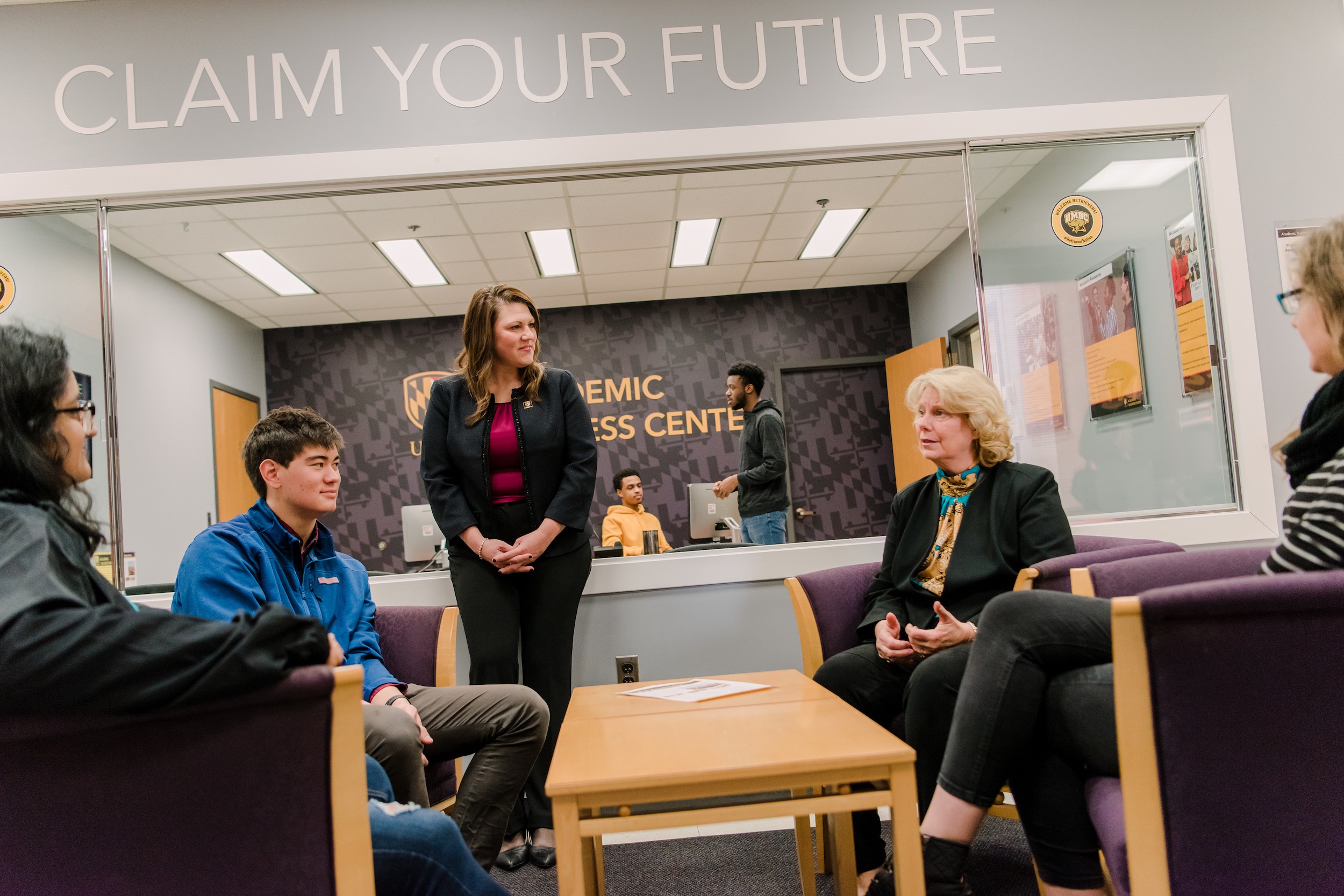Today, the University Innovation Alliance (UIA) announced UMBC as its newest member. The pioneering consortium of public research universities boosts student success through sharing and scaling approaches that work. UMBC and North Carolina Agricultural and Technical State University (N.C. A&T) are the first two universities selected to join the network since its founding in 2014.
Increasing graduation rates
During President Barack Obama’s College Opportunity Summit in 2014, the UIA’s eleven founding institutions set a target of graduating 68,000 additional students over ten years, including half from low-income backgrounds. In just six years, they have already exceeded that goal. Together, they have graduated more than 73,000 additional students, increasing graduates from low-income backgrounds by 36 percent and graduates of color by 73 percent.
Now, the UIA is on track to reach double its original goal by 2023. Supporting this increase will be fresh, data-driven ideas from UMBC and N.C. A&T.
Both institutions have a long history of supporting students from underrepresented groups, including low-income and first-generation students and students of color. In ten years, UMBC increased its six-year graduation rate for full-time freshmen from 55.7% for the fall 2005 cohort to 69.2% for the fall 2014 cohort.
“We have seen very positive trends in UMBC’s student retention and graduation rates, but this is an important opportunity to dive deeper into our data, and to look at how we can better support students who are struggling,” says Katharine H. Cole, UMBC’s vice provost and dean of Undergraduate Academic Affairs. “It’s our responsibility to understand the challenges students face at the most granular level possible, and to provide resources to help them reach their goals.”
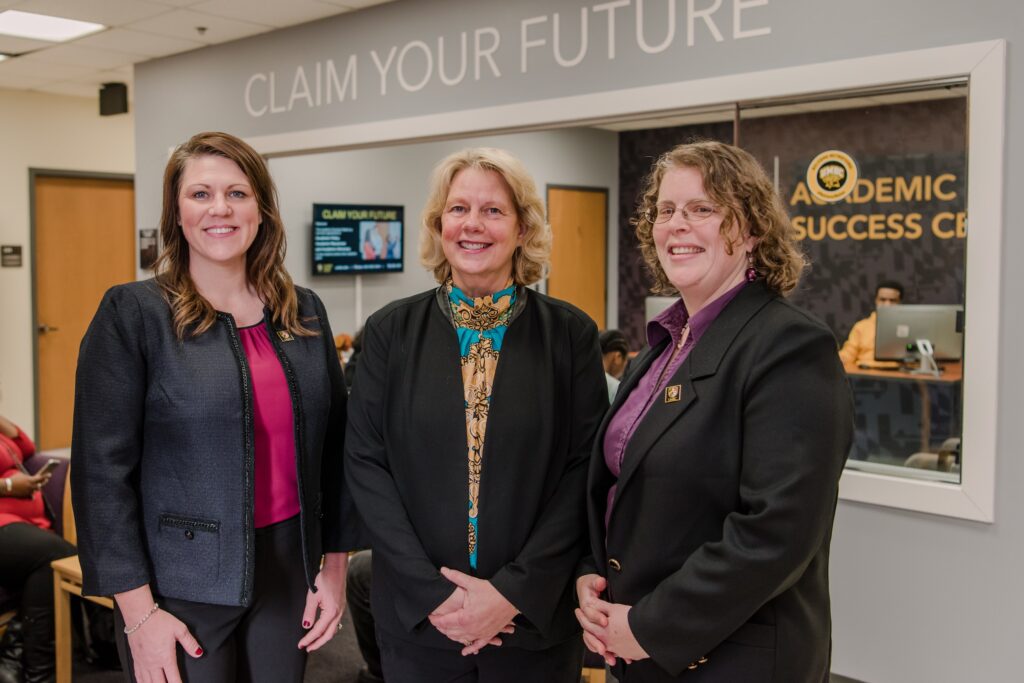
Leaders in student support and achievement
In the next phase of its work, the UIA will focus on eliminating disparities in educational outcomes based on race and ethnicity, in addition to disparities by income, first-generation college student status, gender, and geography. The UIA has described the addition of “like-minded institutions” UMBC and N.C. A&T as core to this expanded focus.
UMBC opened in 1966 as the first public university in Maryland to include students of all races, and is federally designated as a minority-serving institution. The university prioritizes experiential learning opportunities, including internships, service-learning, and research. Eighty-seven percent of UMBC graduates head directly into a job, advanced degree, or both. A majority of those employed interned or worked for their employer as UMBC students.

“As a historically diverse institution that has had success in supporting and promoting underrepresented student achievement, we look forward to bringing our experiences and insight to this critical work as part of the UIA collaborative,” says Yvette Mozie-Ross ’88, UMBC’s vice provost for Enrollment Management and Planning.
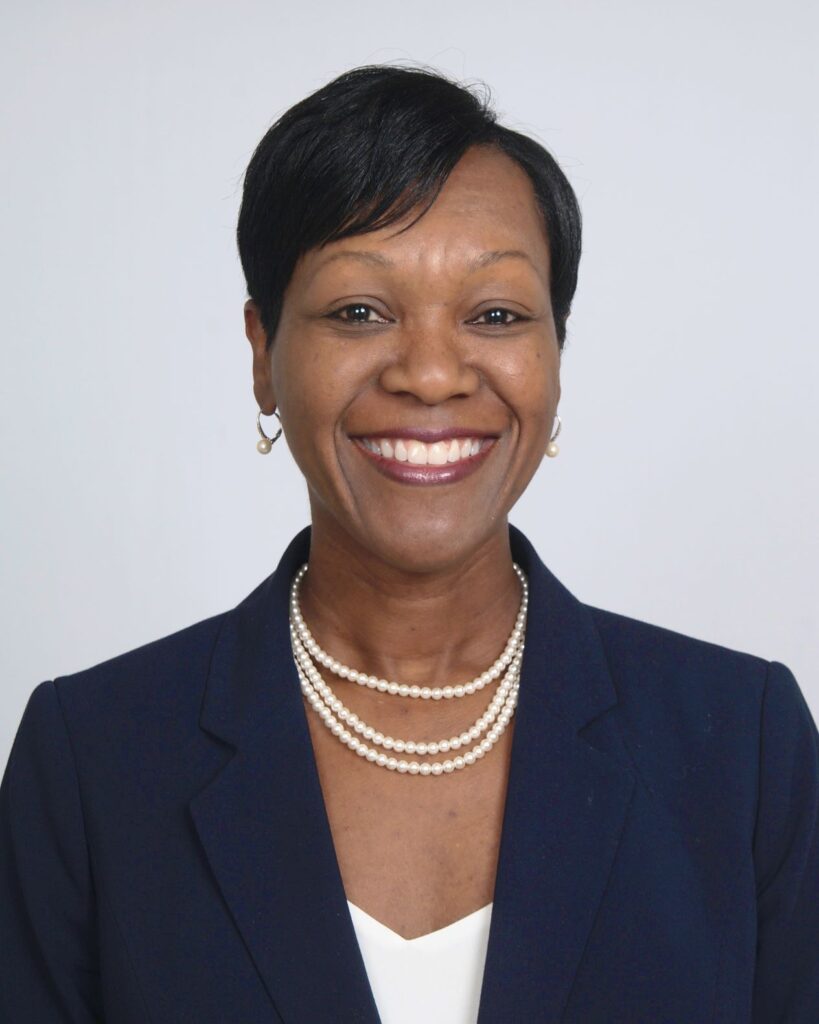
N.C. A&T is the nation’s largest public Historically Black College and University (HBCU). The university graduates large numbers of Black students in mathematics, statistics, engineering, and agriculture.
U.S. News & World Report has named both UMBC and N.C A&T leaders in innovation and in undergraduate teaching. According to the National Science Foundation, UMBC and N.C. A&T are also the #1 and #2 universities in the nation, respectively, in producing Black graduates who go on to earn a Ph.D. in the natural sciences and engineering.
Sharing insights and tools
“When thinking about the next chapter of the UIA, we reviewed the outcomes and mission of every R1 and R2 institution in the country,” says UIA Executive Director Bridget Burns, referring to U.S. universities with top Carnegie Classifications for research activity. “A&T and UMBC immediately stood out for their leadership and demonstrated commitment to student success,” she notes.
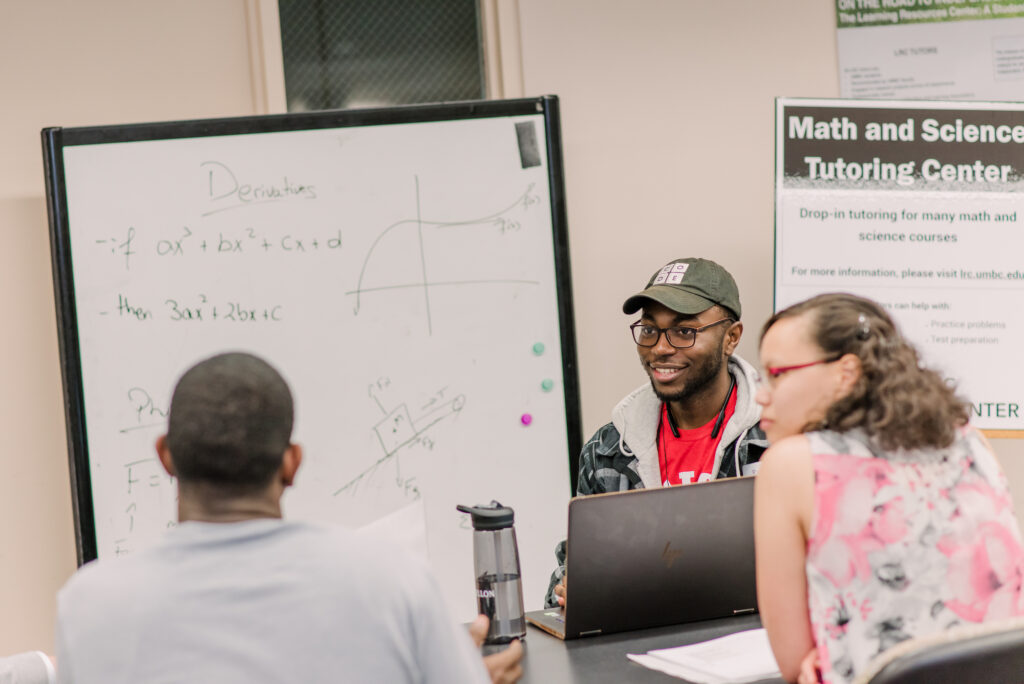
Living out this commitment through the UIA will include sharing data on the efficacy of different approaches to supporting students. It will also include sustained focus to implement, test, and refine strategies to remove impediments to student success.
“I have long admired the ambitious work of the University Innovation Alliance,” says UMBC President Freeman Hrabowski. “Over the last two decades we have worked tirelessly to create a culture that is committed to innovative teaching, relevant research, and creating a supportive community to help inspire students, and we are excited to share our insights and tools with the UIA community.”
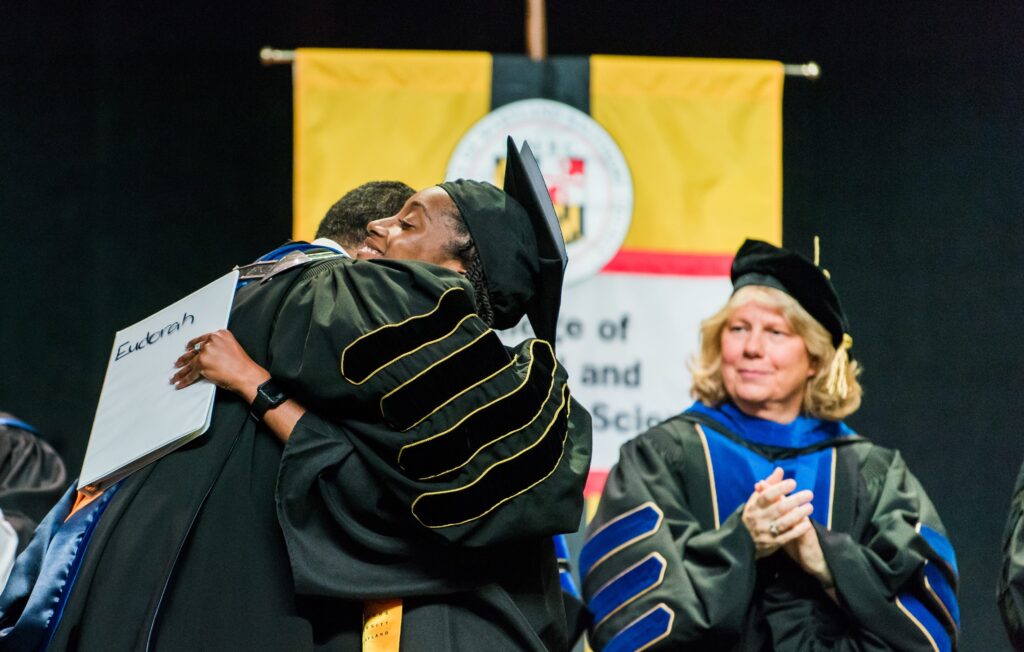
Featured image: Amanda Knapp and Katharine Cole speak with students in UMBC’s Academic Success Center, 2019. All photos by Marlayna Demond ’11 unless otherwise noted.
Tags: campus, Career Center, undergrad

